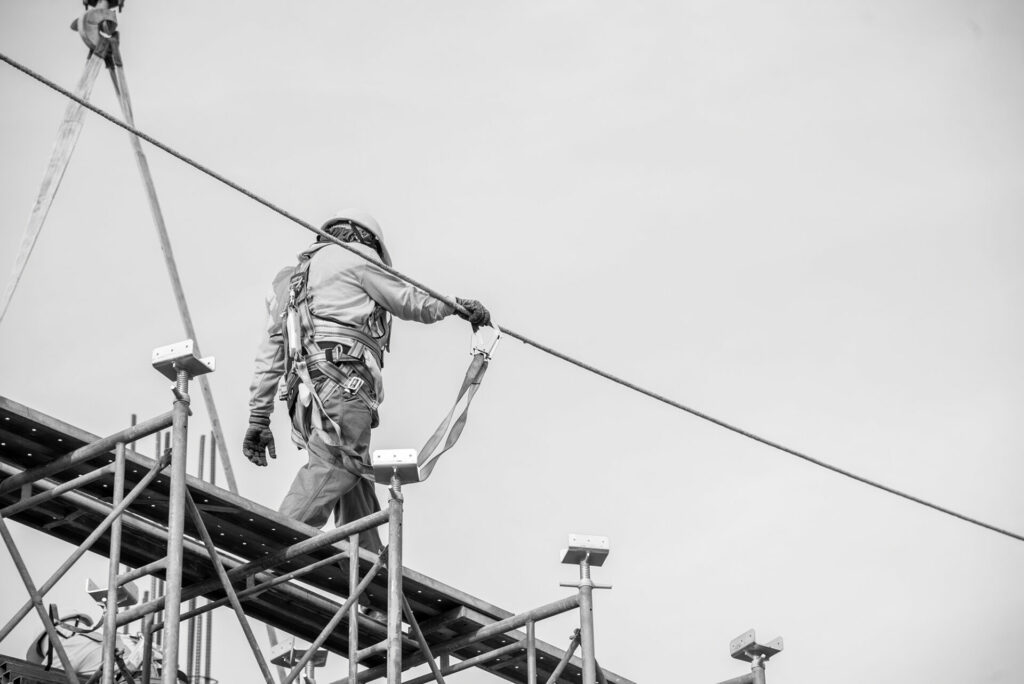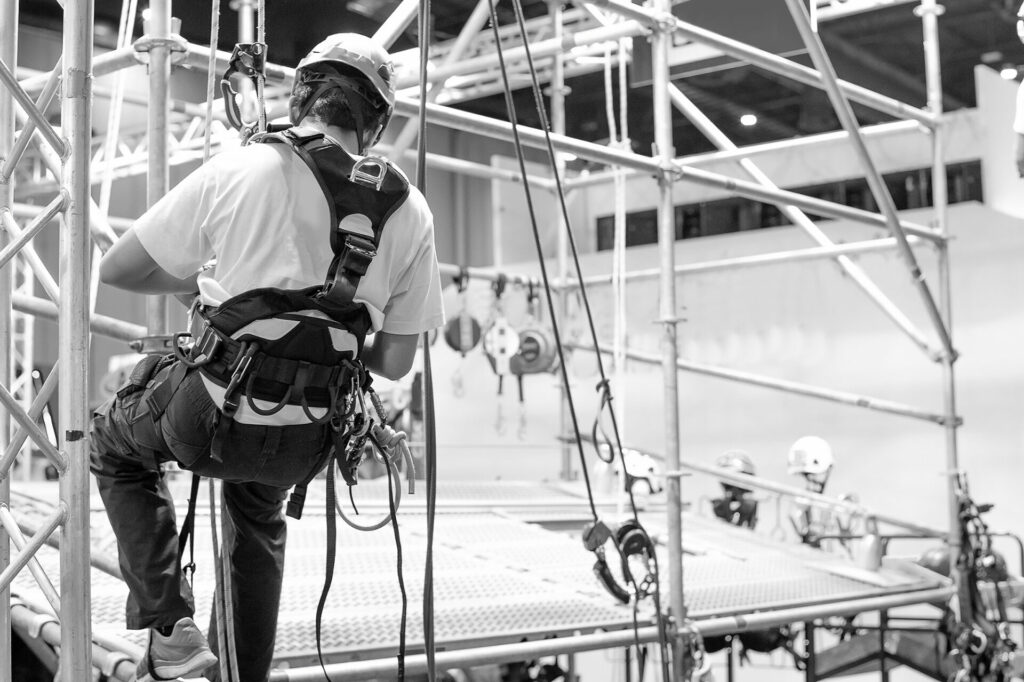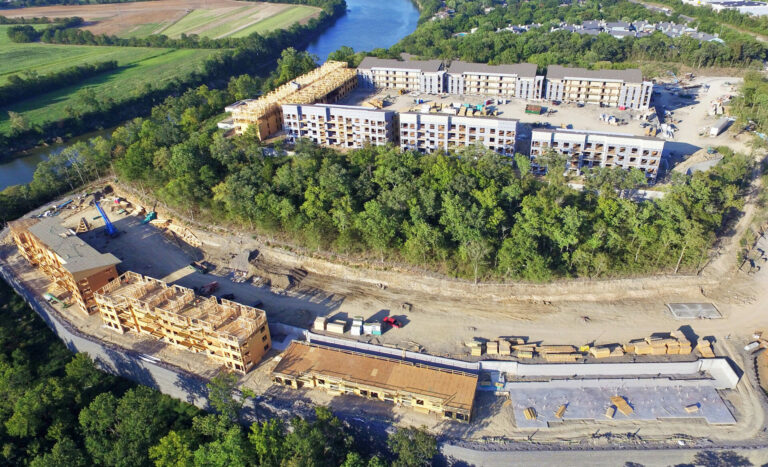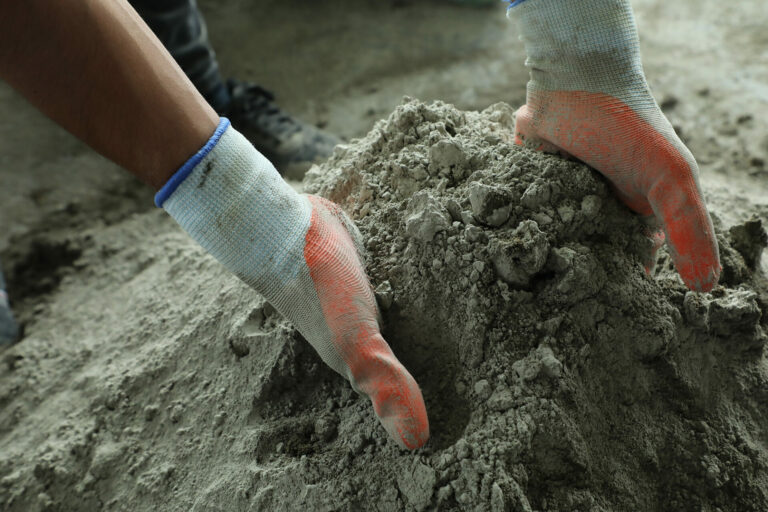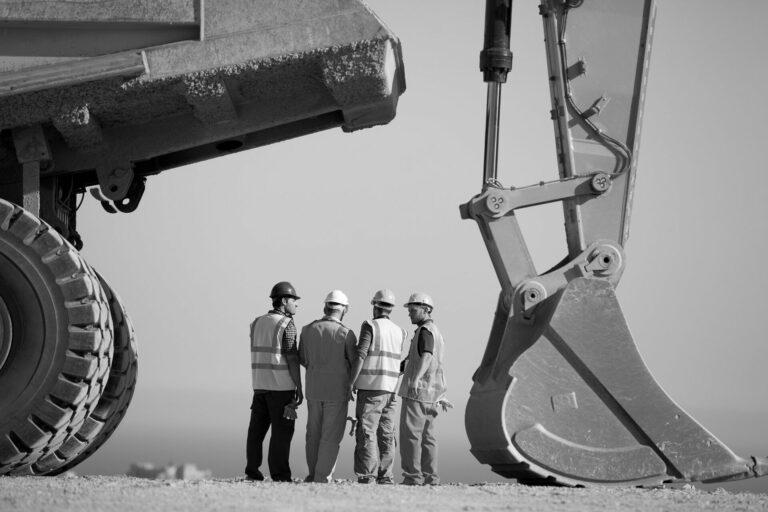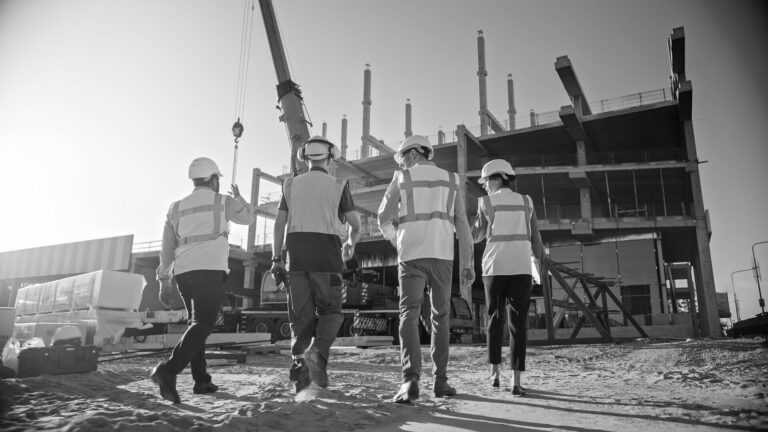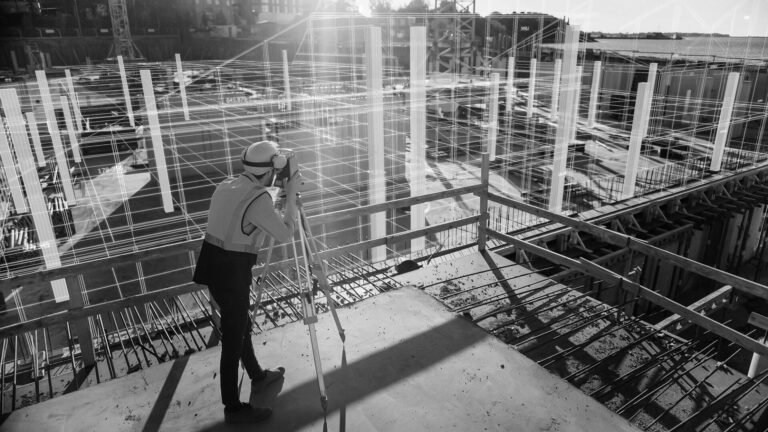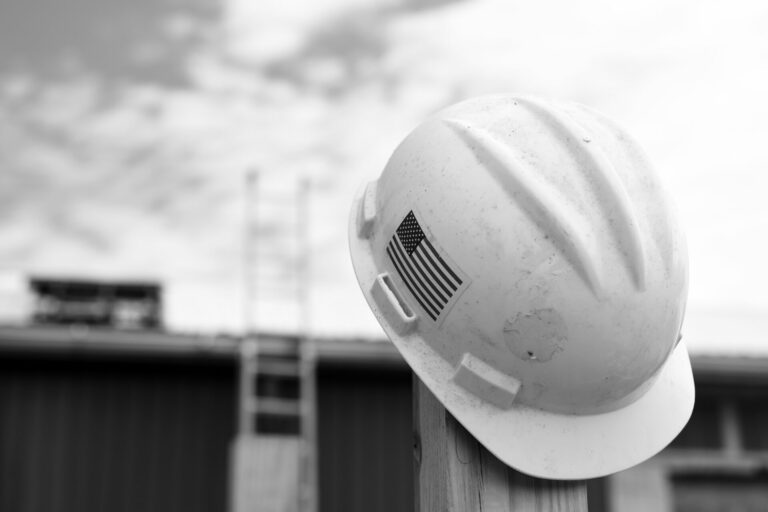“We all know the numbers. And we know that four primary hazards account for about 60 percent of construction fatalities every year. We need to continue to focus these well-known hazards to drive down the number of construction workers who are injured or killed on the job. The fact is that we all can and need to do more.” These were the words of Doug Parker, Assistant Secretary of Labor for OSHA. He was speaking at a meeting of the Advisory Committee on Construction Safety and Health (ACCSH) in June of last year. The committee is a statutory body that is charged with providing advice and assistance to the Assistant Secretary in relation to construction standards and policy matters. What that means in real terms is that ACCSH holds meetings and public workgroups that engage in research, hold open discussions, produce materials, and deliberate on industry matters with a view to making recommendations.
The four primary hazards that Parker is speaking about are more commonly known as ‘Focus Four.’ They are the four most common causes of workplace fatalities in the construction industry and they include, falls, struck-by, caught between, and electrocutions. According to the most recent statistics (2021), these four causes of fatal injuries accounted for 634 construction workers losing their lives. This figure represents a shocking 62.5% of fatalities across the industry. When we look at longer-term trends, we see that Focus Four make up almost two thirds of all workplace fatalities over an 11-year period. With this in mind, it is no surprise to see why OSHA and ACCSH have targeted them as key aspects of ensuring safer jobsites.
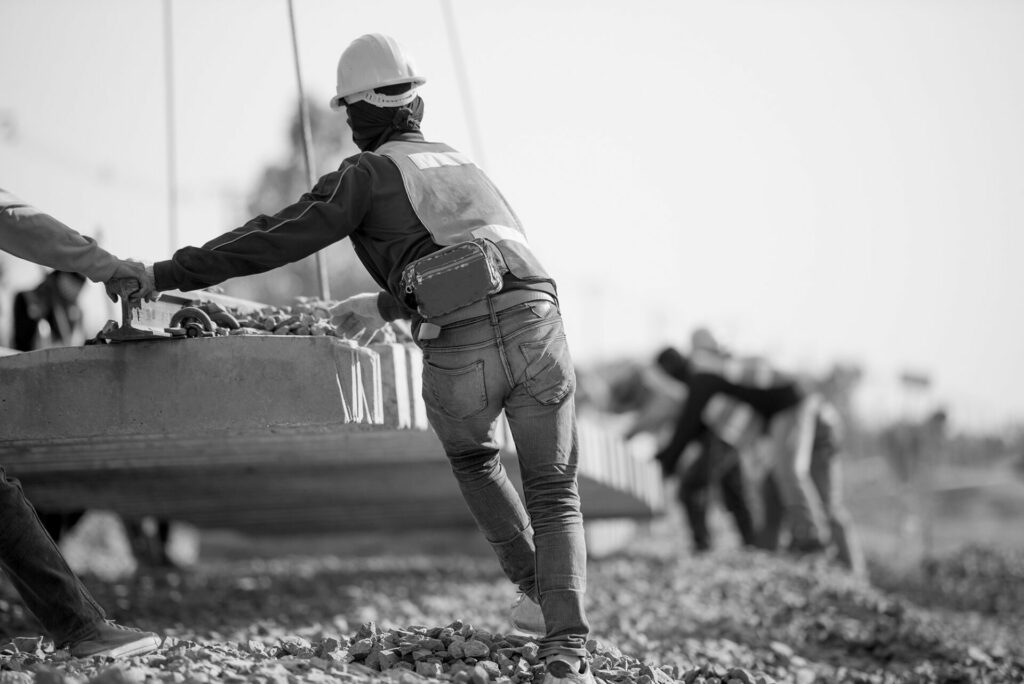
The Occupational Safety and Health Administration was established in 1970. Since then, it has worked to decrease workplace injuries and fatalities across all industries. Its mission is to “ensure safe and healthful working conditions for workers by setting and enforcing standards and by providing training, outreach, education and assistance.” In relation to the construction industry, OSHA has produced a number of training courses designed to assist site managers and company owners in training their employees. The administration has also developed Focus Four specific training which consists of lesson plans, checklists, and safety exercises. While this all seems to be positive engagement from political bodies, it is important to consider the full picture when looking at safety on the jobsite.
Despite ever increasing opportunities for training and safety related funding, trending data is deeply concerning. Data from the recently published report, U.S. Bureau of Labor Statistics, 2011-2021 Census of Fatal Occupational Injuries, shows that the industry is now more dangerous than it was over a decade ago. In blunt terms, more construction workers are losing their lives while at work than they were back in 2011. When we dig into the statistics further, there is even greater cause for alarm. While more construction workers had fatal accidents in 2021 than in 2011, this most recent figure is not an outlier or anomaly. The overall figures have been getting steadily worse year on year.
While OSHA has indeed provided educational materials, it seems that engagement with the material itself is not necessarily a guarantee. According to OSHA, trainers are not required to test students on Focus Four learning material. “Trainers may utilize the tests provided to measure each student’s knowledge of the learning objectives. However, testing is not required and must not be counted toward the required student contact hours.” Additionally, there are currently no requirements for trainers to maintain test records for staff. With pressing deadlines and tight budgets, it seems that these loopholes may offer stressed business owners the opportunity to take shortcuts on safety training.
“Education and attracting workers to the industry should be of paramount importance.”
When it comes to understanding the dynamics and trends of safety, we can look to another, more surprising source. The insurance industry, while not directly involved in construction, is tasked with insuring large-scale construction projects and their workers. Those within this sector, therefore, are wise and insightful enough to know the level of risk involved. For Cheri Hanes, Head of Subcontractor Insurance Risk at AXA XL, worker statistics and safety figures go hand in hand. “Anytime you have churn in your workforce or even worse, a shortage of workers like we do right now, the risks increase. When you couple that with historically large backlogs of work that we’re seeing across firms right now, it’s likely that it will drive some frequency of workers comp claims.” In addition to this, Hanes shared concerns are the quality of work being completed, adding that repetitive jobsite tasks can be opportunities for injury or worse. “If a worker without enough experience or training misunderstands what needs to be done, an error can be repeated many, many times before it is caught.”
Even anecdotally, when viewing the link between safety figures and worker numbers, we see worrying possibilities. It is no exaggeration to suggest that fewer staff will inevitably result in longer working hours, shorter breaks, fatigue, and repetitive stress. According to Noel C Borck, ex-Management Co-Chairman of the Laborers Health & Safety, workplace safety is undoubtedly linked to the ongoing skilled worker shortage. In fact, he believes that without the necessary number of workers on-site, construction projects are accidents waiting to happen. “Although a modern construction site may seem like barely controlled chaos to a bystander, it’s actually a series of structured, planned events that are often overlapping or happening simultaneously. Contractors rely on crews of workers to each perform their tasks on time, correctly and safely to keep the entire site running smoothly and the job on schedule. That can be much more difficult to achieve if a task that would normally be completed by five workers has to be done by four or three.”
This view has been echoed by contractors across North America. According to figures published by the U.S. Chamber of Commerce Commercial Construction Index report, 80% of contractors responded they were either highly or moderately concerned about the safety risks created by too few skilled workers on their jobsites, most likely because construction jobs require skills that contribute to a safe workplace. When asked to rank current and future top safety concerns, 58% of contractors pointed to a lack of skilled workers.”
The safety picture is a concerning one on many levels. Fatalities are rising rather than falling and safety education and the mechanisms for ensuring these are adhered to seems to have its failings. What needs to be considered though, is the effect that staff shortages are having on jobsites from a safety perspective. More money than ever is flowing through capital projects and the private sector is continuing to recover from the pandemic enforced slowdown. With this in mind, education and attracting workers to the industry should be of paramount importance. As we can see from the figures, more –and better—staff will reduce fatalities. For that reason alone, things need to change quickly.









